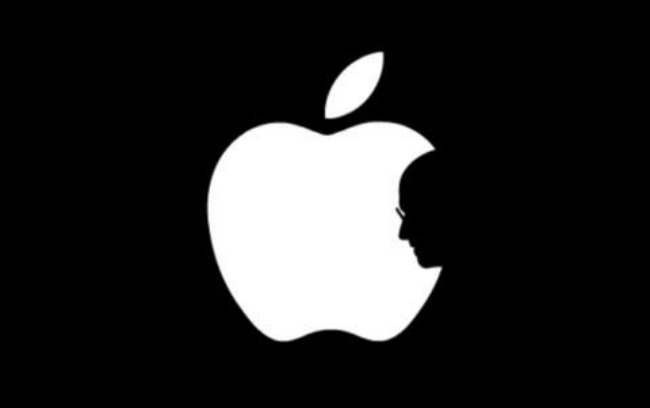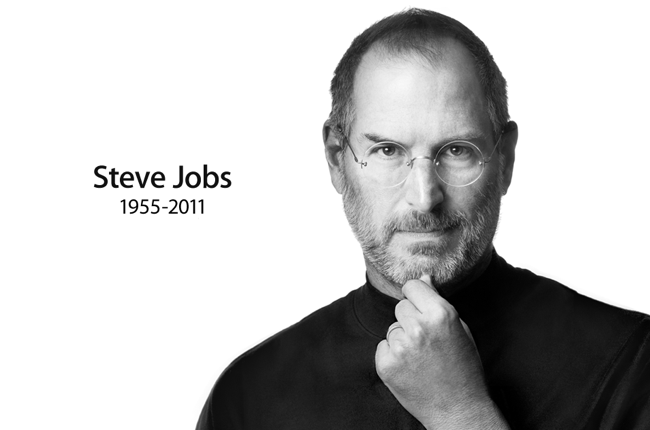The tech world has lost one of its most creative and dynamic people when Steve Jobs died on October 5 at the age of 56. This is a good time to look at the incredible legacy the Apple co-founder has left behind.
Born in 1955 to a single mother and raised by adoptive parents, he grew up in Cupertino, California and later attended Reed College in Oregon, a famously laid-back school, where he dropped out and, as he put it in his 2005 Stanford University commencement address, “dropped in” on whatever courses interested him, sleeping on the floor of his classmates’ dorm rooms and living on change from returned soft drink bottles and weekly meals at the Hare Krishna temple. The one Reed course had the most influence on him was a calligraphy class. There he developed a lifelong love of beautiful fonts, which influenced the design of the Macintosh years later.
He eventually drifted back down to the Bay Area, with a detour in India, doing stints at companies like Atari and Hewlett-Packard, reconnecting with his high school buddy Steve Wozniak, a brilliant electronics tinkerer intent on building his own computer. Together, they formed Apple Computer in 1976, releasing the Apple I, which was a bare circuit board. People who bought the $666.66 board had to supply their own TV for a monitor and a keyboard, not to mention a case. But it was a manifesto. There were no toggle switches like there were on other computers of the time. This computer would only be operating interactively.
As groundbreaking as it was, the Apple II was even more of a shock. Unlike the Apple I, this machine actually did come in a case, with an iconic wedge-shaped design. The Apple II meant that computers belonged in homes as much as TVs and stereos did. The machine marked the advent of the computer as appliance, a theme that would resonate through the rest of Jobs’ work. Computers weren’t just for freaks and geeks in back rooms, but now they were a tool that ordinary people at home and at work could use to make their lives better, more productive, and more fun as well.
The next few years were spent growing the company, with some spectacular successes (the Apple II series, including the mega-popular IIe) and failures (the Apple III, the Lisa). But the machine that came to define Apple and Steve Jobs was inspired by a visit in 1979 to Xerox’s Palo Alto Research Center (PARC) where Jobs was shown three technologies developed in the early ’70s that almost single-handedly defined the modern era: graphical user interfaces, networking, laser printing, and object-oriented programming. Jobs was able to see the future in the first thing that Xerox seemed unable or unwilling to seriously commercialize: that people would rather point and click than type in arcane commands into their computers.
In 1984, Apple unleashed the Macintosh onto the marketplace, complete with an unforgettable commercial debuted during that year’s Super Bowl, recalling George Orwell’s dystopian novel “1984,” casting Apple’s competitor IBM as “Big Brother,” and featuring a woman tossing a hammer into a giant screen, liberating the sea of shaven-headed people from Big Blue.
IBM PC diehards scoffed at what appeared to be a toy, but when Microsoft released Windows a year later, and the Commodore Amiga and Atari ST also debuted in 1985 with similar interfaces of their own, any halfway competent observer would concede that we were living in a Macintosh world.
But all was not well in the Apple kingdom. After clashing with new Apple CEO Jon Sculley over the direction of the company, Jobs was fired from the company he helped create.
But he continued innovating. He founded NeXT Computer, who in 1989 released the NeXT Cube, a powerful Unix workstation that was easy enough for normal people to use. Although it wasn’t exactly a commercial success, it did have its fans, including Tim Berners-Lee, who used it to write the world’s first Web browser and server software.
Another way Steve left his mark on the modern world was by purchasing the graphics division of Lucasfilm, which was later renamed Pixar. The attempt to market a powerful graphics computer was a bust, but the company became a major player in computer animation, culminating in their feature-length debut, “Toy Story.” I probably don’t need to name the other titles that the film’s success had spawned, including “The Incredibles,” “Cars,” “Up,” and “WALL-E.”
At the end of 1996, Apple, after years of struggling with mediocre products, purchased NeXT and with it, Steve Jobs, where he returned to his role as CEO.
In 1998, Apple released the iMac, a stylish all-in-one computer which quickly became a must-have machine. But it was the iPod, released in 2001, that signified the new direction Apple was going in. It turned the portable MP3 player from a curiosity to something any serious music fan needed, with the ability to store an entire music collection and have it available at the touch of a scroll wheel.
He did the same thing with the iPhone in 2007, finally releasing a smartphone for the rest of us. And a few years later, the iPad made the tablet something people wanted rather than a solution in search of a problem. It was all of these projects that turned Apple into the world’s richest company.
But behind the scenes, Jobs was battling pancreatic cancer. He’d been treated in 2004, and he appeared to be better when he gave his Stanford commencement. It appears that after taking several leaves of absence and finally resigning as CEO in August, it appears he lost his battle. It seems fitting to wrap up this look back at Steve Jobs’ incredible life with his own moving words from his speech:
No one wants to die. Even people who want to go to heaven don’t want to die to get there. And yet death is the destination we all share. No one has ever escaped it. And that is as it should be, because Death is very likely the single best invention of Life. It is Life’s change agent. It clears out the old to make way for the new. Right now the new is you, but someday not too long from now, you will gradually become the old and be cleared away. Sorry to be so dramatic, but it is quite true.
Your time is limited, so don’t waste it living someone else’s life. Don’t be trapped by dogma — which is living with the results of other people’s thinking. Don’t let the noise of others’ opinions drown out your own inner voice. And most important, have the courage to follow your heart and intuition. They somehow already know what you truly want to become. Everything else is secondary.
Perhaps some bright young person reading this will find the courage to be the next Steve Jobs, brilliantly combining art and engineering to change the way we see the world.

If you’re an Apple fan, why not check out our posts on the launch of the iPhone 4S and our list of Apple’s greatest mistakes.











